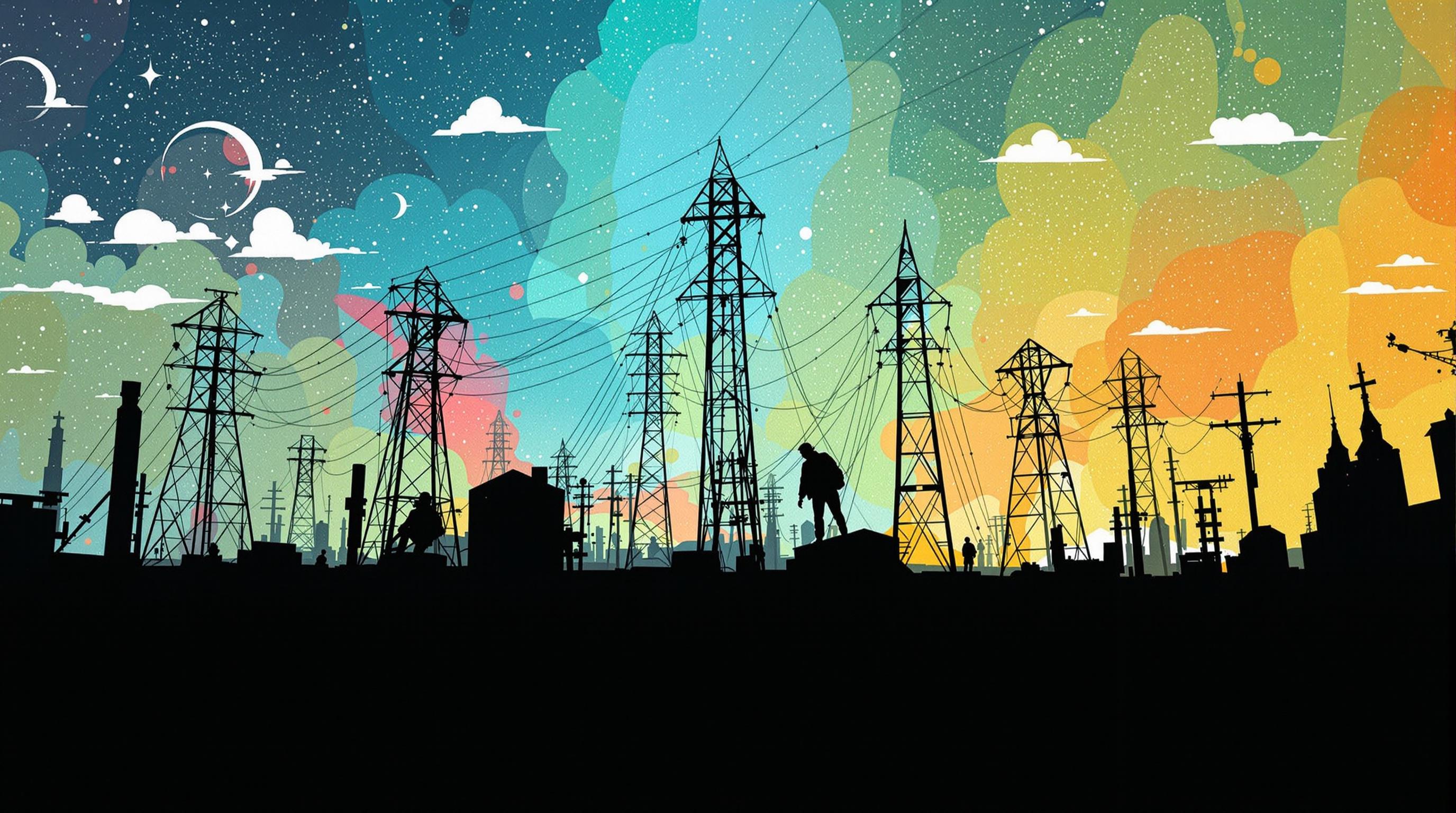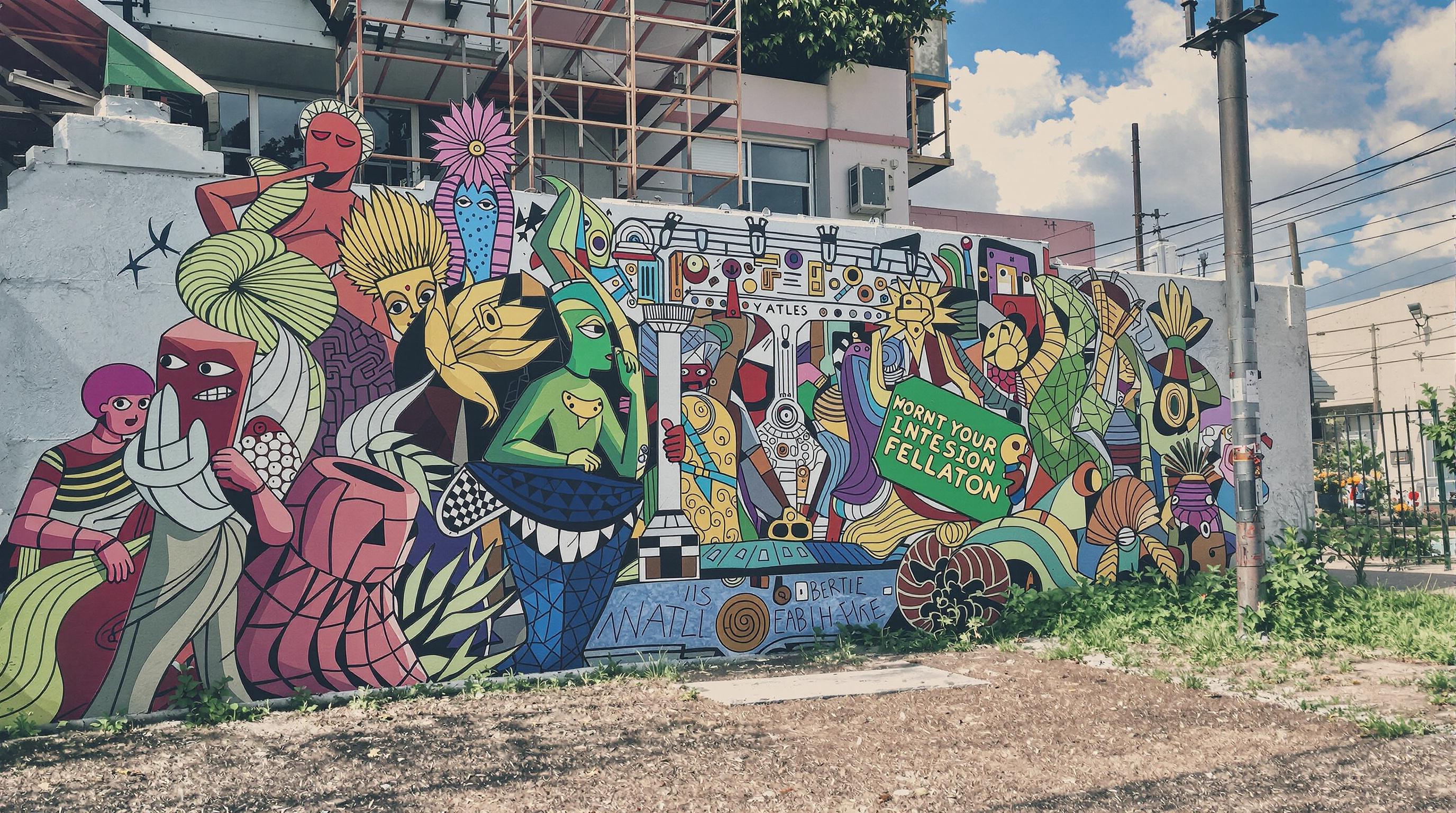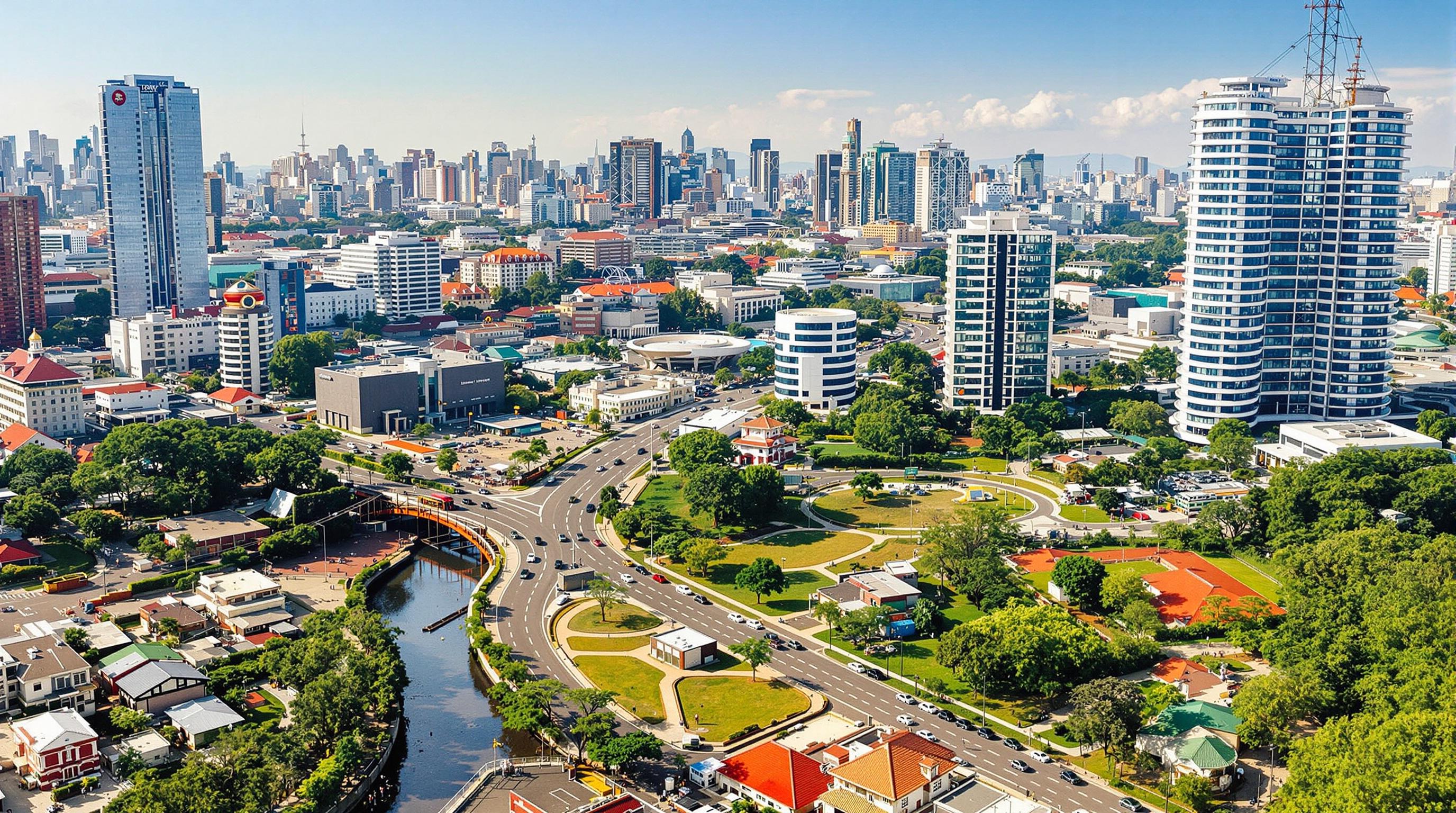Related Articles
- Harnessing Nostalgia: How Memory Mapping Can Inspire Innovative Urban Infrastructure Solutions
- Revealing the Invisible: How Urban Legends Influence Public Perception of Infrastructure Projects
- Whimsical Structures: How Playgrounds Can Inspire Innovative Approaches to Urban Infrastructure Development
- The Enigmatic Impact of Dark Fiber Networks on the Future of Digital Ecosystems and Their Capacity to Scale
- Beyond the Horizon: Exploring the Impact of Cultural Nuances on Global Digital Infrastructure Expansion
- Whispers of the Future: How AI-Driven Edge Computing Redefines Network Resilience and Flexibility
Beyond the Blueprint: How Psychological Safety in Teams Drives Infrastructure Success
Beyond the Blueprint: How Psychological Safety in Teams Drives Infrastructure Success
Psychological safety within teams is not just a buzzword; it's a fundamental driver of success, particularly in complex infrastructure projects. This article explores how fostering an environment where team members feel safe to express their thoughts can lead to more innovative solutions, greater efficiency, and ultimately, project success.
The Foundation of Psychological Safety
Psychological safety, a term coined by Harvard Business School professor Amy Edmondson, refers to a shared belief that the team will not embarrass, reject, or penalize someone for speaking up. In a psychologically safe environment, individuals feel empowered to take risks and voice their concerns, which is essential for any team aiming to tackle the intricate challenges of infrastructure projects.
Why Infrastructure Projects Specifically Require Psychological Safety
Infrastructure projects are notorious for their complexity, unpredictable risks, and the collaboration of diverse teams. When team members feel insecure about sharing their ideas or flagging potential issues, this can lead to catastrophic failures. For example, the infamous Big Dig project in Boston faced numerous obstacles partly due to a lack of open communication among stakeholders, resulting in cost overruns and delays. Imagine the clarity and innovation that could have emerged from a more open environment!
Statistics You Should Know
Don't just take our word for it! According to Google’s Project Aristotle, which analyzed the dynamics of effective teams, psychological safety was found to be the most important factor. In fact, high-performing teams are 27% more likely to excel in environments where their members feel safe to speak up (Edmondson, 2019). This statistic can’t be overlooked, especially when considering the immediate and far-reaching implications for industries such as construction, engineering, and design.
Creating an Environment of Trust
In my own experience as a 34-year-old project manager in civil engineering, I’ve seen firsthand how fear can stunt creativity and problem-solving capabilities. During a recent infrastructure project, we faced a critical junction where our original design was proving to be inefficient due to rising material costs. Instead of sticking to the blueprint and risking project failure, I encouraged my team to express alternative ideas. One engineer suggested a seemingly radical approach, utilizing recycled materials that eventually saved the company significantly. In a team without psychological safety, this idea might never have seen the light of day.
Stories That Inspire Change
Consider the story of the Sydney Opera House. The project was plagued with issues ranging from budgets to design disagreements. If the team had established psychological safety, they might have avoided the notorious cost overruns and delays. Instead, the project's architect, Jørn Utzon, faced constant criticism without adequate feedback mechanisms in place. Had the team encouraged an open dialogue, the result might have been a streamlined project, leading to the same iconic structure but executed more efficiently.
Practical Steps for Fostering Psychological Safety
Creating psychological safety in teams requires intentional effort. Here are some practical steps based on recent research and successful case studies:
- Encourage Open Dialogue: Regularly check in with your team, and create forums for discussing ideas and concerns.
- Lead by Example: As a leader, share your own mistakes and challenges to model vulnerability.
- Celebrate Contributions: Acknowledge every idea as valuable; celebrate team members who contribute, whether their ideas succeed or fail.
- Provide Constructive Feedback: Ensure feedback is constructive and framed positively to foster growth rather than fear.
- Encourage Diverse Perspectives: Actively seek out opinions from various team members to consider multiple viewpoints, which can lead to innovative solutions.
A Culture of Continuous Learning
Creating a culture of continual learning also contributes to psychological safety. In my last organization, we implemented a "fail forward" strategy, which encouraged team members to analyze what went wrong without the fear of blame. Studies suggest that companies with a learning culture see increased resilience and adaptive capacity, both crucial for navigating the intricate challenges of infrastructure projects (Eisenhardt, 2021).
Humor: Breaking the Ice
And let’s not forget the power of humor! A good laugh can break down barriers and create rapport. When discussing serious problems like cost overruns, I often joke, “Why did the structural engineer break up with the architect? There wasn’t enough communication!” This light-hearted approach can foster a relaxed atmosphere, allowing people to express their ideas more freely.
The Compounding Effects of Psychological Safety
What’s fascinating about psychological safety is its compounding effect. A single conversation about risks can lead to a series of follow-up discussions, brainstorming sessions, and ultimately, a more robust project strategy. In fact, research indicates that when teams feel safe, they make better decisions. They’re not just reacting; they’re innovating (Schein, 2020).
Case Studies That Showcase Success
Let’s look at some successful implementations of psychological safety in teams. Microsoft famously restructured their teams to enhance collaboration and openness. Satya Nadella, Microsoft’s CEO, has emphasized empathy and connection, leading to a revived company culture that resulted in a market valuation increase of over $1 trillion in just five years (Zengler, 2021).
Similarly, NASA's culture shift after the Challenger disaster showcases the vital role of psychological safety. The organization recognized the importance of team members feeling comfortable to voice concerns without fear of repercussions. This shift was instrumental in improving safety protocols and project outcomes in subsequent missions.
Final Thoughts
In conclusion, while blueprints lay out the physical structure of a building, psychological safety serves as the invisible framework that ensures a team's durability and effectiveness. For infrastructure projects to truly thrive, organizations must prioritize creating an environment in which every voice matters. If we invest in nurturing this psychological safety, the returns are astronomical—even beyond the monumental projects we undertake.
Call to Action
For those in leadership roles, take this moment to reflect: How can you improve the psychological safety within your teams? Are there barriers you can dismantle to help your teammates feel more secure in voicing their ideas? Let’s work towards building infrastructures that are not only strong in design but also rich in collaboration and innovation!





